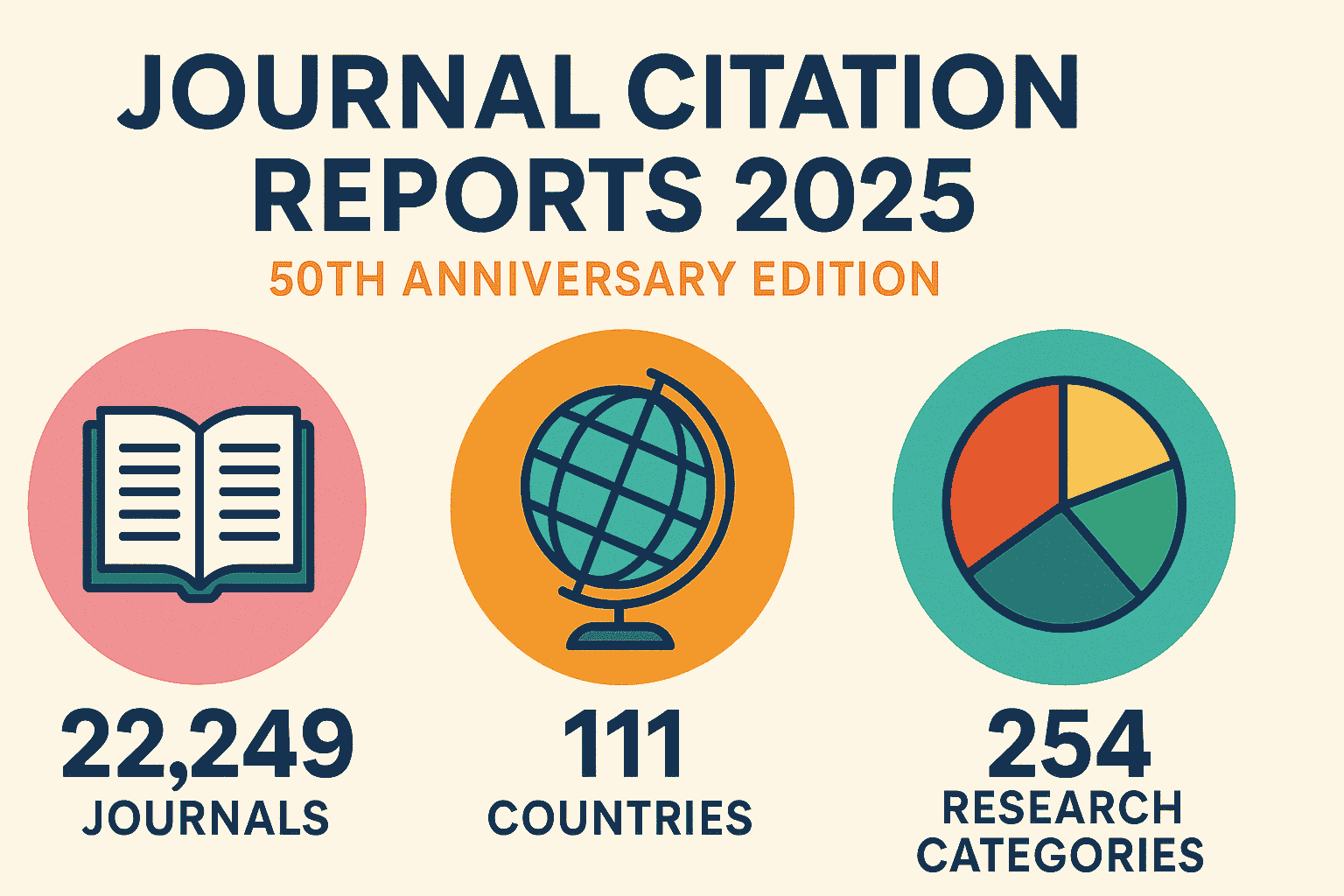Discovery of wild cereal foraging far from Fertile Crescent challenges assumptions about agriculture's origins – New Study/Science Updates
The dawn of agriculture in the Neolithic was a major development in the evolution of modern human culture. Although scientists agree that farming developed independently several times around the world, including in Africa, the Americas, and eastern Asia, the origins of many key crops, such as wheat, barley, and legumes, have been traced to the Fertile Crescent and the harvesting of wild grains by a people known as the Natufians, roughly 10,000 years ago.
Summary
The Neolithic era witnessed the transformative dawn of agriculture, a pivotal moment in human cultural evolution. While farming emerged independently across the globe in regions like Africa, the Americas, and eastern Asia, the Fertile Crescent holds particular significance. Around 10,000 years ago, the Natufians in this region began harvesting wild grains, paving the way for the cultivation of key crops like wheat, barley, and legumes. This region is believed to be where those major crops originated, ultimately changing humanity’s relationship with the land and leading to settled societies.
Read more…
This post is part of “Science and Technology News”, Follow for more…!!!
Credits: Source
Disclaimer








